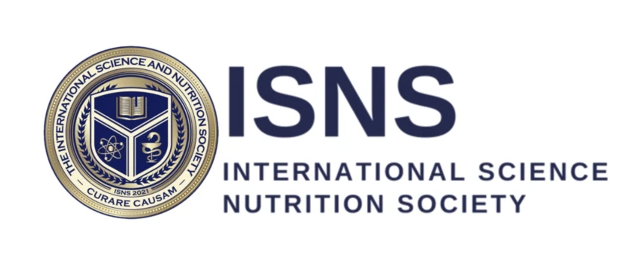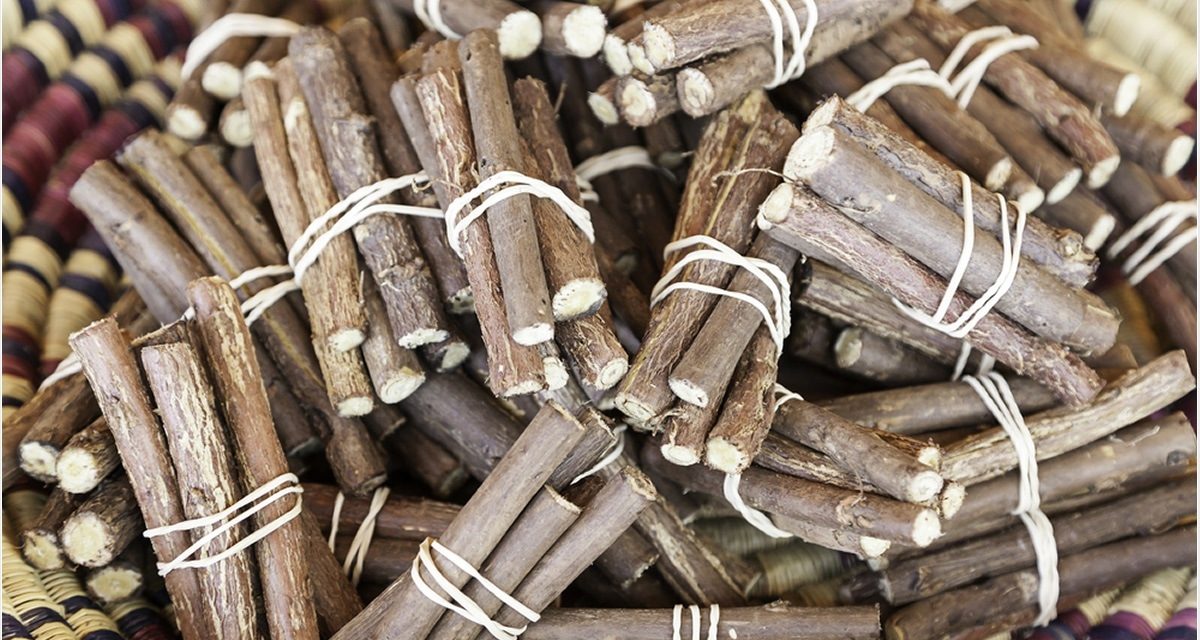Dr. Scott Tyler, BSc, ND.
Throughout different cultures, the use of licorice has been well-documented for its exceptional antiviral, antibacterial, and anti-fungal properties. The classes of molecules identified in licorice root extract include 20 triterpenoids and about 300 flavonoids. Triterpenoids have excellent bioactive diversity and structure; and flavonoids, found in fruits, vegetables, bark, etc, are well-known for their antioxidant, anti-inflammatory, anti-mutagenic, and anti-carcinogenic properties, as well as their role in modulating key cellular enzyme functions. There are many compounds in licorice root that serve medicinal purposes, but the most active components, triterpenoids glycyrrhizin and glycyrrhizic acid, appear to possess the most antiviral and antimicrobial activities. In fact, researchers have found that glycyrrhizin may inhibit hepatitis C virus and have a membrane stabilizing effect and reduced cell membrane fluidity. Because of this, it is thought that licorice root stops the spread of hepatitis C virus. Glycyrrhizin has been reported to successfully treat, not just hepatitis C virus, but also herpes simplex type 1, varicella-zoster virus, hepatitis A virus, hepatitis B virus, human immunodeficiency virus, severe acute respiratory syndrome, Epstein-Barr virus, human cytomegalovirus, and influenza virus. Previous and current research on licorice root extract has demonstrated its antiviral capabilities, making it a promising effective natural therapeutic.

